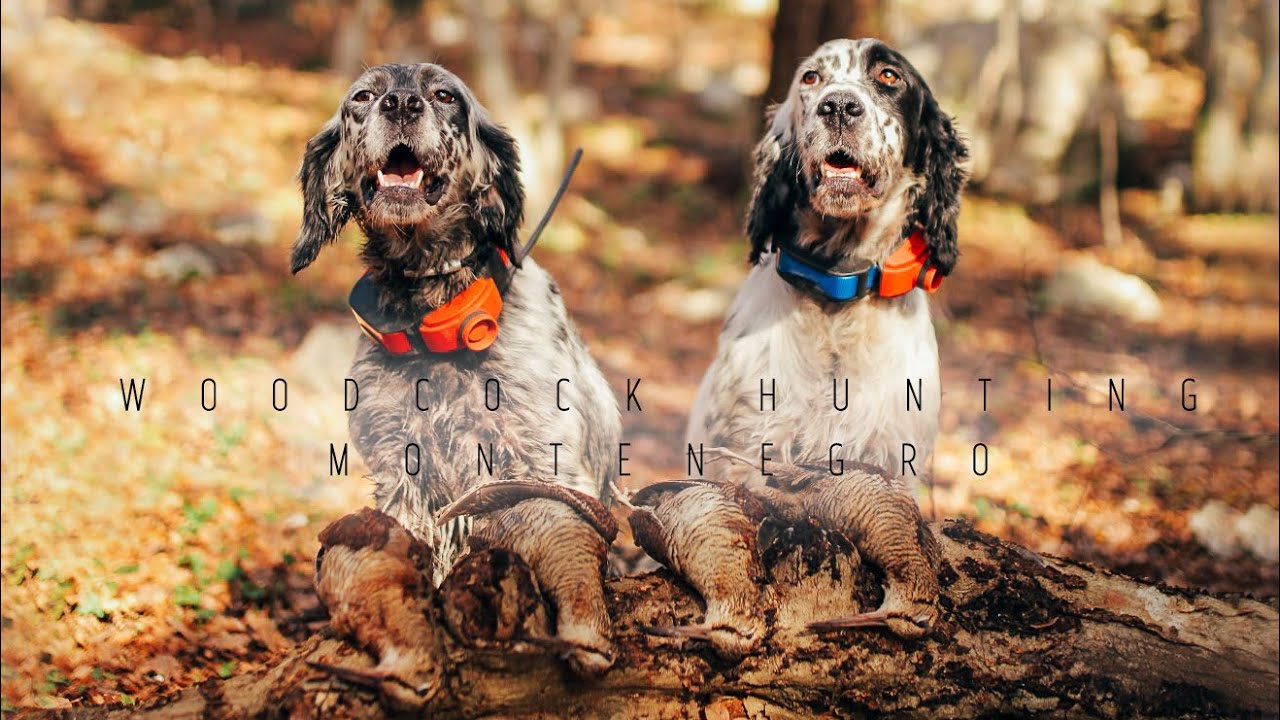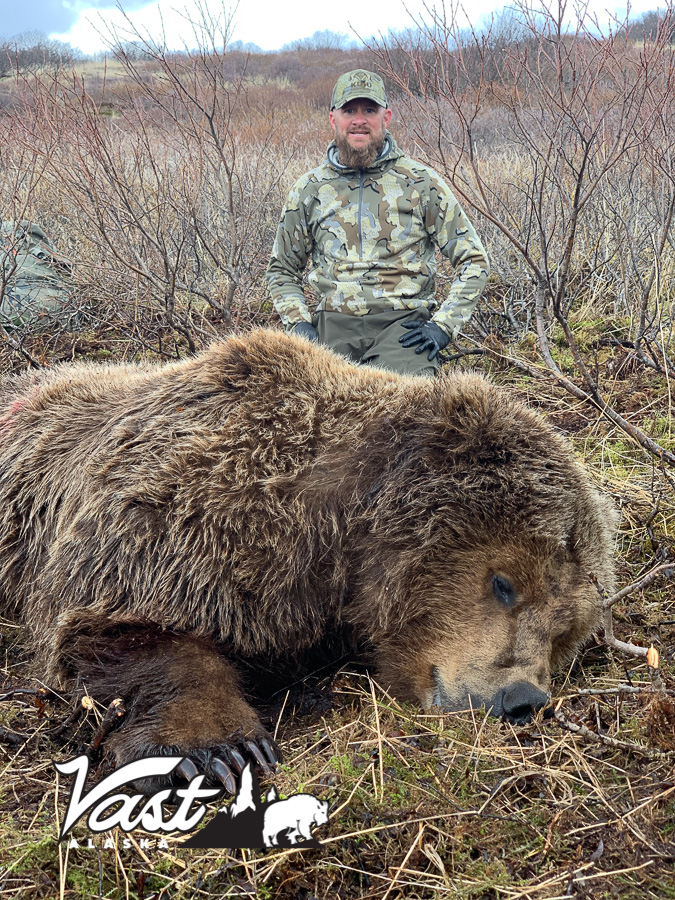
The TYHP gives new hunters the chance to get to know other hunters and enjoy a fun recreational activity. TYHP hunts every Saturday, so there is more time to talk and bond than other hunting programs. TYHP puts a lot of emphasis on the mentoring and coaching of young hunters. Hunts for youth are often held on private property so that adults can supervise them.
TYHP is our gold standard
The TYHP model has been a winning formula since its inception in 2007. While TYHP focuses primarily on whitetail deer hunting, landowners permit young hunters to hunt other species. Hunting styles vary from stationary blinds, to archery. Participants have the option of hunting common species or rare and exclusive species. The first TYHP hunt was conducted for a pronghorn. Ten landowners were required to give permits.
TYHP now offers adult mentored hunts. This program targets mature hunters and has a track record of changing lives. Although hunting license sales have decreased dramatically in recent years and hunting advocacy groups are trying to ban hunting, TYHP's mission and vision have never wavered. Technology and urbanization have caused many people to lose their connection with nature.
It requires adult supervision
While participating in the Texas youth hunting program, you will have to be accompanied by an adult over the age of 16. To hunt in Texas you need to have an adult permit. You will also need to have successfully completed a hunter's safety course. You must have a certificate that proves you completed a hunting course after you complete it. You can hunt small game in Texas if you are a parent or legal guardian. The same rules will apply to you as the adult guardian and family member of your youth. You must obtain a Texas youth nonresident license if you are bringing a non-resident youth from another state.

Texas permits hunters to be under 21 years old to hunt. A licensed adult is required for apprentice hunters younger than 21. During public hunting opportunities, youths must be accompanied by a licensed adult. An apprentice hunter must attend a hunter education program, and hunters under 10 must be accompanied by an adult over the age of 21. Hunting is possible after completion of the hunter educational course. They are required to remain under the constant supervision of an adult.
FAQ
Where can I buy a gun? Is it really necessary?
Certain species require a gun to hunt.
Hunting licenses are required in most states. The exact type depends on the game you plan to hunt and the state you reside in.
Any sporting goods store can sell you a rifle and shotgun, handgun, pistol, muzzleloader, crossbow or archery weapon.
Be sure to select the right weapon for your purposes. A.22 caliber pistol might be a good choice if you are looking to hunt small game like squirrels, rabbits and pheasants.
A larger caliber weapon is recommended for hunting large game, such as bears, deer, and elk.
If you don't feel confident handling a weapon, do not buy it. Guns can be dangerous. Always keep it unloaded until you are ready to shoot.
Be sure to inspect the gun before buying it. Ask the seller to show you how to load or unload the weapon.
Make sure to check the warranty. If no warranty is provided, ask the dealer to provide a guarantee.
Ask your dealer for a copy their safety instructions. These documents should contain information about safe storage as well as maintenance.
Check the serial number. If the serial number starts with "NIB", it means "New In Box," this indicates that the gun is brand-new.
If the serial number begins by an odd number, it means that the gun has previously been owned.
You can contact the manufacturer directly if you are not sure if the gun has been used. They will be able to provide more information about the gun's history.
Why is it that only 1% of hunters kill deer annually, according to the U.S. Department of Agriculture.
USDA estimates that 6.5 Million Americans hunt deer. Only 2.2million actually shoot one.
This means that only about 0.6 percent of all hunters kill a deer each year.
What makes hunting such a rewarding hobby?
Hunting is like playing with nature. You must think ahead, plan your moves, and anticipate where you will be playing next.
Hunting is about hunting food. To do this, you have to be able track and identify your prey. You won't catch anything if you don't know this information.
When hunting, the most important thing is to never lose your eyes. That way, you won't miss any opportunities. You should always get close enough to be able to identify the item you see. Next, take a detailed note of what you saw and write it down. This will make it easier to hunt again later.
It's about more than shooting at targets. It's about being in sync with yourself, your surroundings, as well as the animals around.
How many deer-hunters are there in the U.S.
Over 20 million deer hunters are estimated to live in the United States. This number includes both professional and recreational hunters.
What is the most important part when hunting animals?
How do you get there? We start by learning how to shoot accurately. We must then learn to hit our target. Finally, you must be able to make changes if you fail.
Knowledge is key to hunting. If you don't know what you're doing, then you'll never improve. You might think you've improved because you've gotten better shots, but if you didn't know what you were doing before, those shots won't mean anything. This holds true when it comes to hitting targets. If you don’t understand the reasons you’re missing, it will be difficult to improve. This means that you must know what you are aiming for.
Knowledge is key. Your ability to hunt is dependent on your knowledge of the animal that you're hunting. It's important to understand all you can about animals when you're outside in the wild. You need to be able to identify their habits, behavior, and personalities. You will be able to plan your hunts efficiently and smoothly.
It is important to always learn from other people who have achieved success in the past. This topic is covered in many books. In addition, there are websites like www.thehuntingzone.com that offer great tips and advice. You can also find people with years worth of experience. They can help you identify what works and what doesn't work.
Once you are confident in your knowledge, you can start to practice. Practice makes perfect. However, you shouldn't just practice until you feel good. Instead, you should practice to become confident. Confidence allows one to relax and enjoy each step. Relaxation makes it easier to concentrate on the task at-hand. Concentration is key to maximizing every opportunity. You can only be relaxed and focused when there are opportunities.
Once you are ready to put your new skills into practice, it is time to test them. Don't worry if you fail. Keep practicing and improving. You'll eventually succeed.
Statistics
- Less than 1% of Hawaii's population has a hunting license. (stacker.com)
- - Percent of residents with paid hunting licenses: 0.7%- (stacker.com)
- Licenses dropped from a peak of roughly 17 million in the 1980s to 15 million in 2019, according to The Seattle Times. (stacker.com)
- According to the Wildlife Restoration Act, passed in 1937, most of the state conservation efforts are funded through hunting and fishing license sales and firearms sales. (stacker.com)
External Links
How To
How to choose the most desirable hunting spots in the forest
First, you need to decide what kind and type of game to hunt when hunting. There are different types of animals and birds that live in forests and they all have their own habitat requirements, so if you don't know which type of animal you would like to hunt, you won't find any place where you can successfully catch them.
There are two main kinds of animals that can be found in the forest: large mammals, and small mammals. The large mammals include deer, elk, moose, caribou, bear, wolf, and wild boar. Small animals include rabbits. Each species has its own habitat so it is important to choose the right spot before you venture out into the woods. You can check your local area's flora and fauna list online to see whether there are any endangered species living near your home. If you're planning to hunt a certain species, make sure that the area you plan to go to is safe from poaching.
You will need to be able to set up your equipment properly if you are going to hunt a specific species. It's important to use the correct equipment because it affects the success rate. A rifle that can fire accurately at close range is ideal for hunting rabbits. A rifle that can fire long distances will be necessary for hunting larger animals such as deer. Also, you'll need some sort of bait to attract the prey. Some prefer to place meat inside a trap, while others prefer peanut butter or corn. Whatever method you choose, make sure that you follow the rules and regulations of the country where you intend to hunt.
Consider the following factors when selecting a hunting spot: weather conditions, terrain and vegetation, wildlife population, accessibility, etc. Safety is paramount when choosing a hunting spot. Choose a location that is safe from predators and dangerous wildlife. Avoid areas with too many people, especially during hunting seasons. Also, it is important to keep track of the seasons while hunting. This will help you figure out the best times for you to hunt.
It is important to consider the weather when selecting a hunting area. This is crucial because it influences the number animals that will be available. During winter, the temperature drops below zero degrees Celsius, and snow covers the ground. Deer, bears, wolves, and coyotes tend to hide under the thick layer of snow, making it difficult to track them down. However, if you're lucky enough to get a clear day, you might be able to spot these animals. On the other side, summer is when temperatures exceed 30 degrees Celsius and the sun warmths the earth. The heat causes animals to flee from the heat in order to find shelter.
You should also consider the terrain. The terrain should be considered. A flat surface is easy to navigate and run over, while uneven surfaces require more effort. Steep slopes make it more difficult to climb. Additionally, streams and rivers often leave muddy tracks. Make sure you find a place with no obstacles so it is easy to travel around.
Look at the vegetation, as well. Plant size and density will vary depending on the environment. Large trees provide shade and cover for smaller animals, while shrubs and bushes offer hiding places for smaller animals. You should search for dense vegetation if you wish to find large animals.
The amount of wildlife should be taken into consideration. The United States alone has over 100 million deer. They eat nearly half of all food produced by crops and are essential to maintaining biodiversity. They can also become pests and endanger the ecosystem if their numbers grow too fast. It is important to maintain a balanced population.